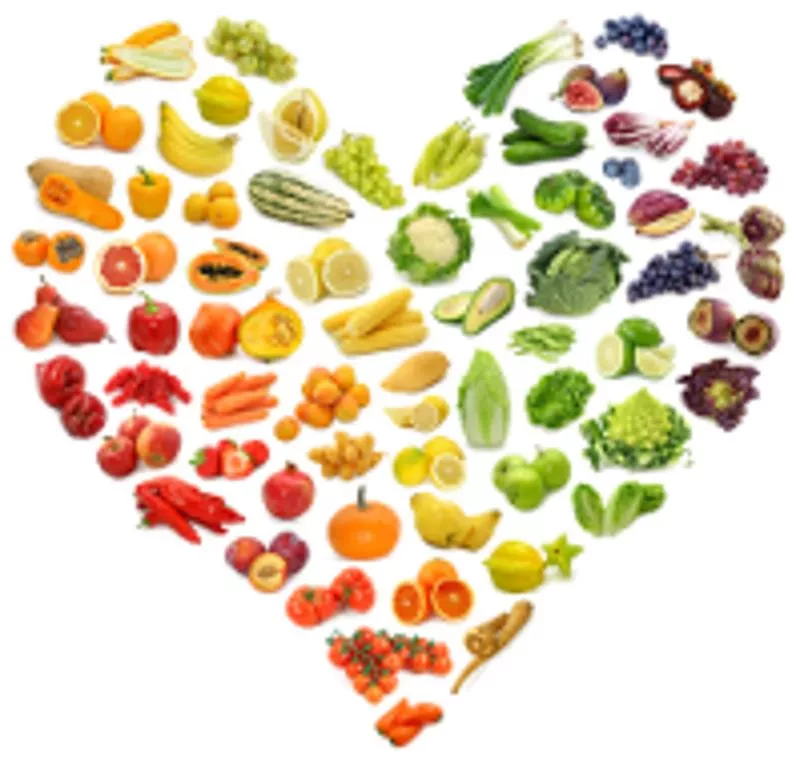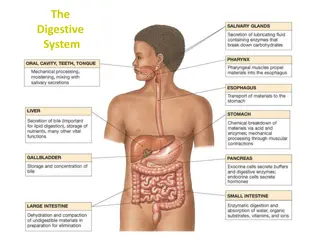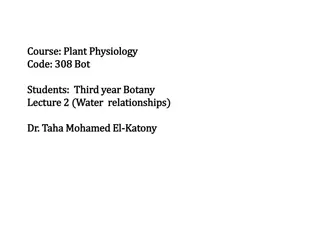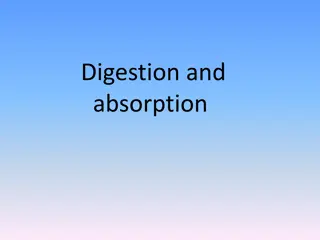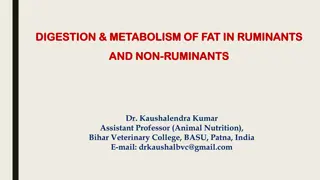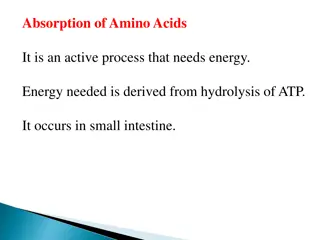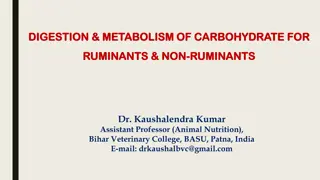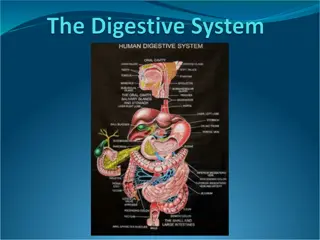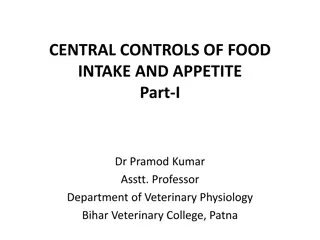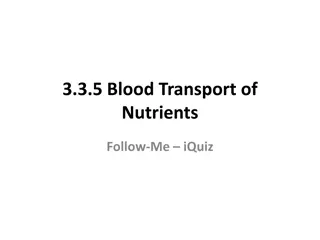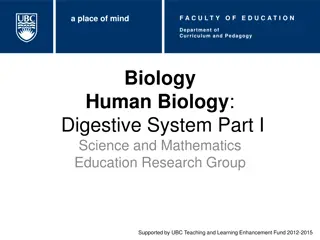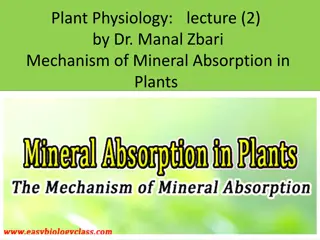Understanding Nutrient Digestion and Absorption Process
Nutrients in food provide essential materials and energy for our body to function. During digestion, large molecules are broken down into smaller pieces for absorption. Enzymes play a crucial role in this breakdown process, with each enzyme being specific to a certain type of nutrient. Carbohydrates are the main energy source and are broken down by enzymes like amylase and sucrase, while proteins provide materials for growth and repair and are made up of amino acids. Learning how our body digests and absorbs nutrients is key to maintaining overall health and well-being.
Download Presentation

Please find below an Image/Link to download the presentation.
The content on the website is provided AS IS for your information and personal use only. It may not be sold, licensed, or shared on other websites without obtaining consent from the author. Download presentation by click this link. If you encounter any issues during the download, it is possible that the publisher has removed the file from their server.
E N D
Presentation Transcript
Nutrient Digestion Nutrient Digestion
What Are Nutrients? Nutrients are the components in food that provide materials and energy the body needs for it to function.
During Digestion our body breaks down large molecules of food, mechanically and chemically, into small molecules that the body needs for maintenance, growth, and energy!
In order for our bodies to absorb the nutrients, the large molecules of carbohydrates, fat, and protein must be broken down.
How Does The Breakdown Occur? Our bodies use special protein molecules called enzymes to break the larger molecules into smaller pieces. Enzymes are catalysts. [Catalysts are chemicals that quicken a chemical reaction without undergoing any change themselves]
Each enzyme is very specific and only attaches to one type of molecule. The molecule the enzyme acts upon is called its substrate. There are different enzymes that breakdown each type of nutrient.
Carbohydrates are the main energy source of the body. Carbohydrates are formed of carbon, hydrogen, and oxygen atoms. The two categories of carbohydrates include sugar and starch.
Carbohydrate Breakdown Enzymes in the mouth, stomach, and small intestine, breakdown the carbohydrate molecules. These large complex sugar and starch molecules breakdown into small simple sugars. There are many enzymes that breakdown carbohydrates, some are amylase, maltase, sucrase and lactase. Notice ase is a common ending for enzyme names.
Proteins Proteins are nutrients which contain materials the body uses for growth and repair. Proteins are made of Carbon, Hydrogen, Oxygen and Nitrogen. Proteins are large molecules made up of combinations of amino acids.
Proteins Amino Acids Amino acids are the building blocks of proteins. These building blocks bond together to form chains that are called peptides. Proteins are formed of combinations of large peptides chains, this is referred to as polypeptides.
In order for the body to use protein, enzymes in the stomach and small intestine break the polypeptides down into individual amino acids. Some protein enzymes are chymotrypsin and carboxypeptidase.
Lipids Lipids are important nutrients for energy and absorption of certain vitamins. Lipids are large molecules that can be categorized as fats or oils. These molecules are made up of carbon, hydrogen, and oxygen atoms.
Lipid Breakdown Bileand enzymes in the small intestine break lipids down into small molecules of fatty acids or glycerol. These enzymes are called lipase.
Review Review Carbohydrates (Starch and Sugar) Digestion Simple Sugars Proteins Digestion Amino Acids Lipids Fatty Acids or Glycerol Digestion (Fats and Oils)

 undefined
undefined








